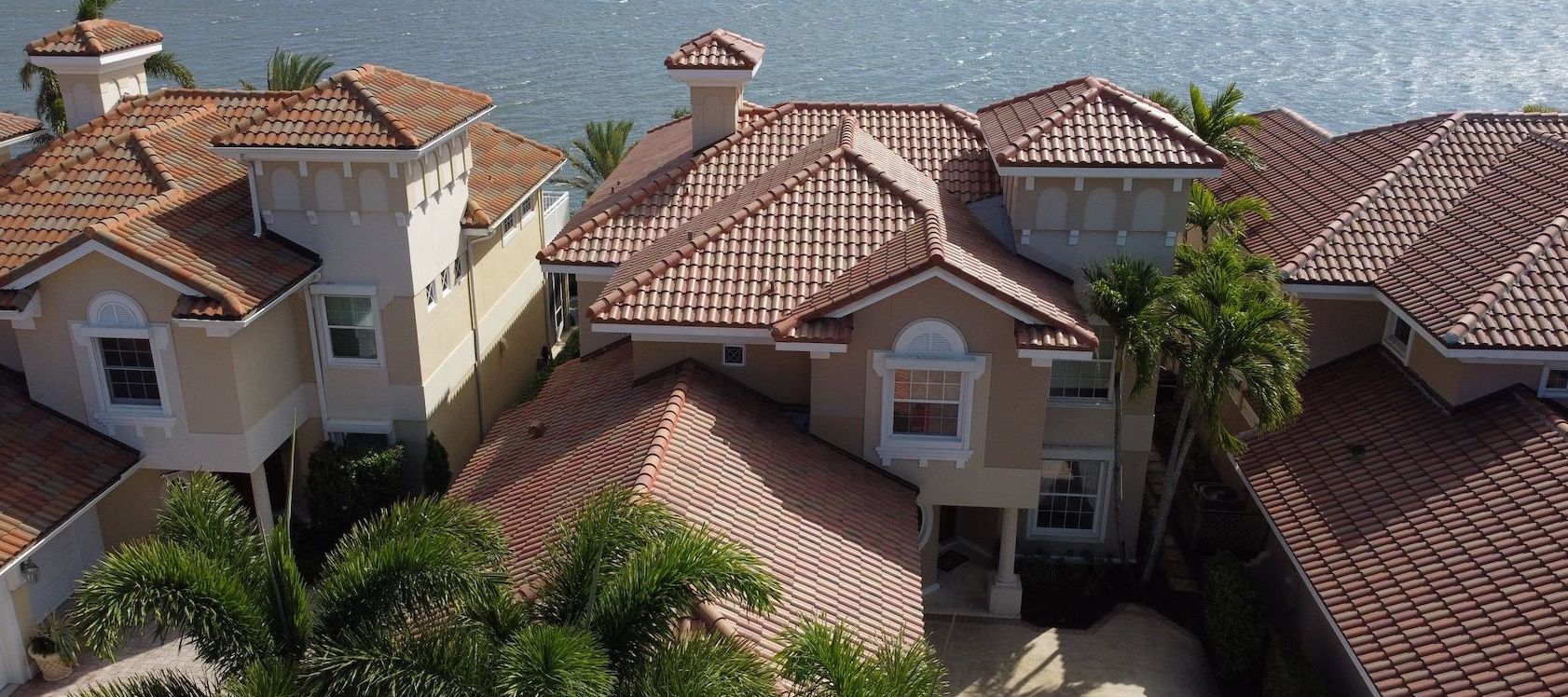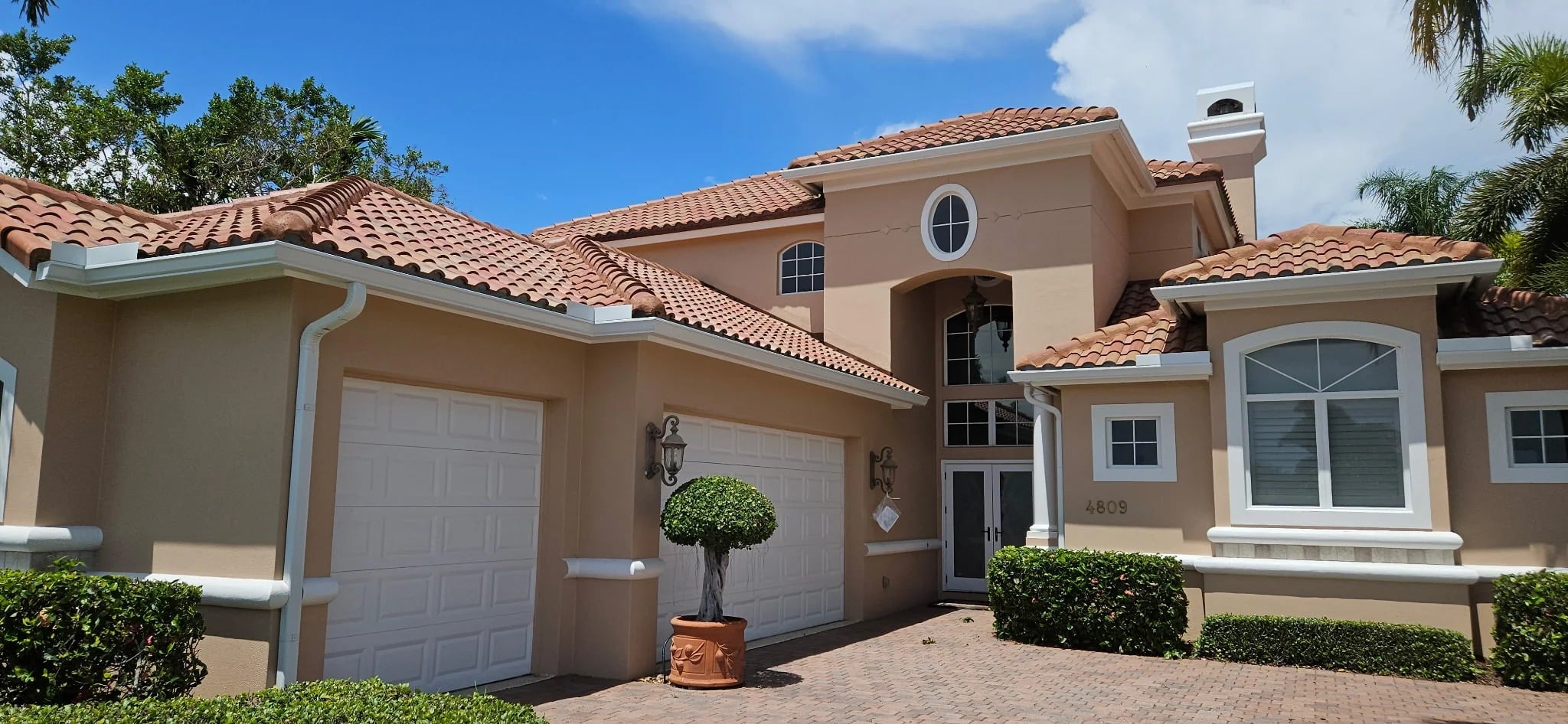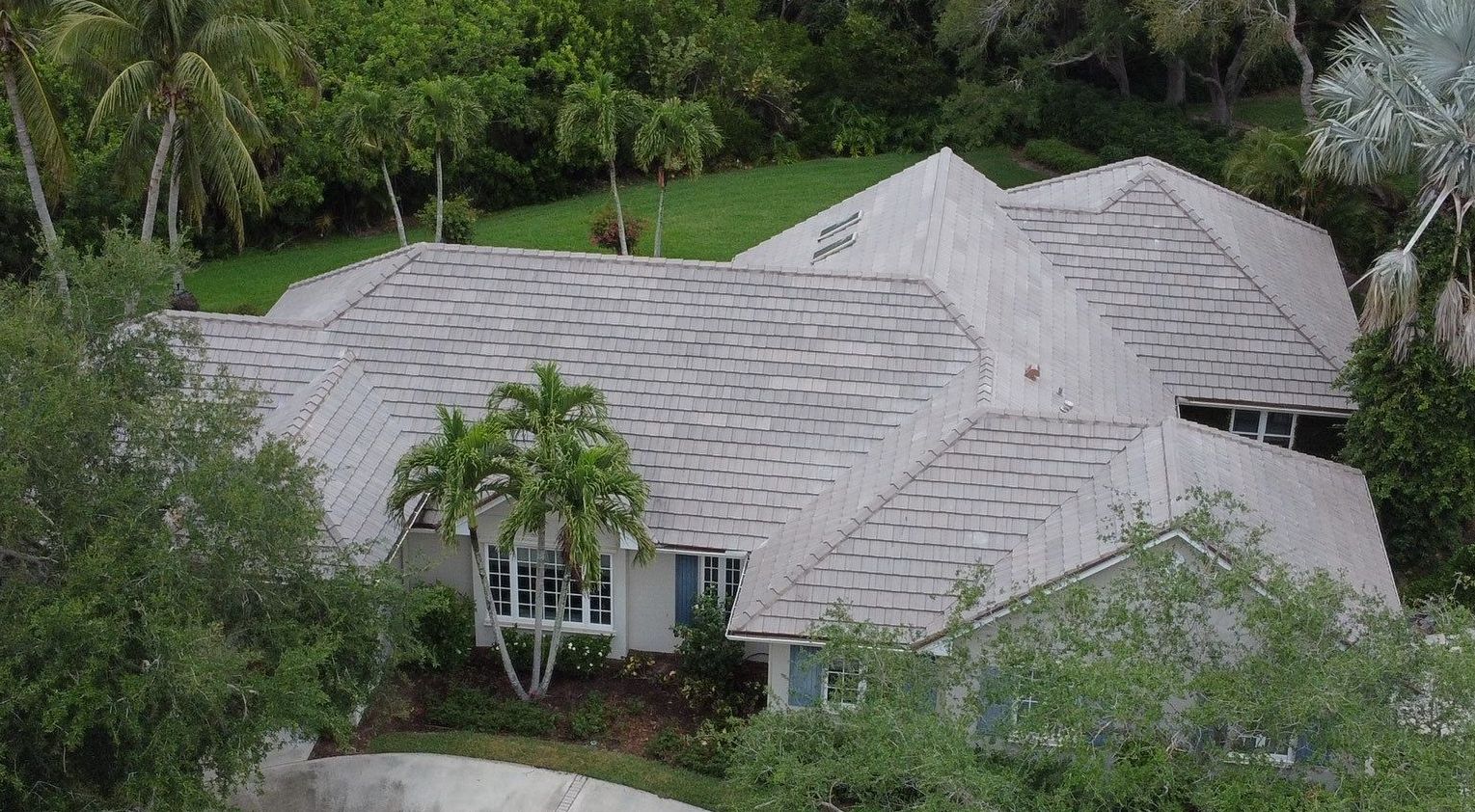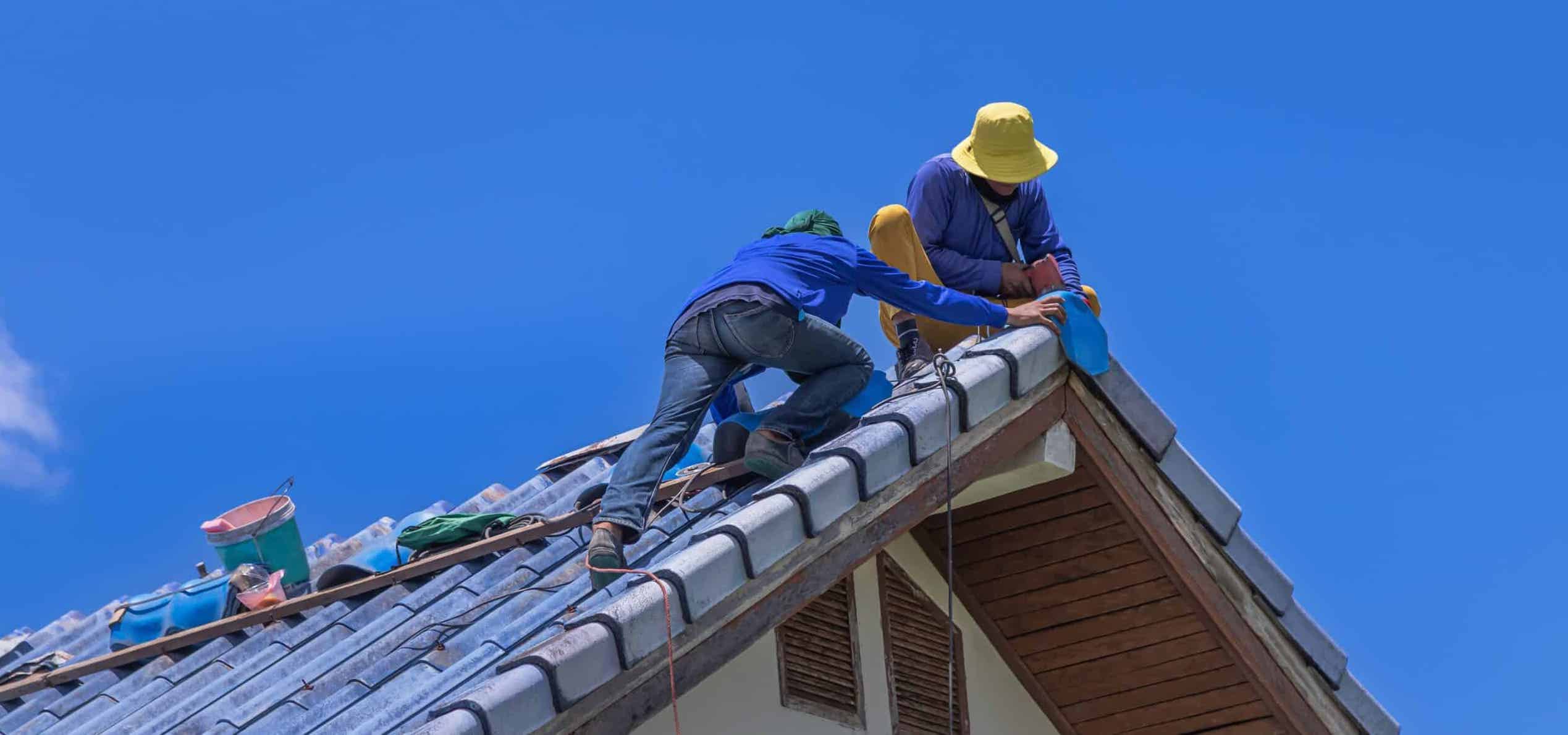Bottom Line: Yes, Florida homeowners’ insurance can cover roof replacement, but success depends on understanding your policy type, knowing state-specific rules like the 25% replacement law, and taking the right steps when filing your claim.
As a Florida homeowner, your roof faces constant threats from hurricanes, tropical storms, and severe weather. At Panda Contractors, we help homeowners navigate the complex world of roof insurance claims every day. Understanding how your insurance works—and Florida’s unique regulations—can mean the difference between a fully covered roof replacement and thousands of dollars out of your pocket.
Understanding Covered Perils: What Your Insurance Will and Won’t Cover
Insurance policies distinguish between covered perils (events that trigger coverage) and exclusions (events that are not covered). In Florida, hurricane, windstorm, hail, and fire damage are typically covered perils under a standard homeowners policy, provided the loss is sudden and accidental. However, if roof failure results from normal wear-and-tear or lack of maintenance, insurers will not pay for a full replacement.
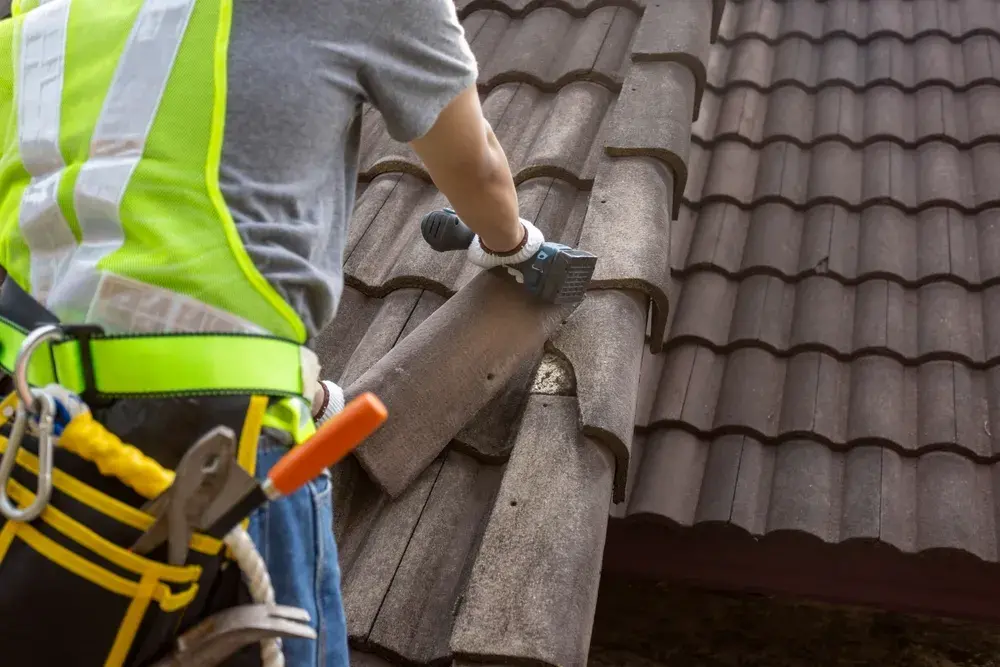
Your Policy Type Makes All the Difference: ACV vs. RCV Coverage
Not all homeowners’ insurance policies are created equal, especially when it comes to roof coverage. Florida policies typically fall into two categories:
1. Actual Cash Value (ACV) Policy
This pays the depreciated value of your roof at the time of loss. In practice, an ACV policy may only cover a fraction of the roof’s replacement cost since depreciation—based on the roof’s age and condition—is subtracted. If your 10-year-old roof originally cost $15,000 to install, an ACV policy might only pay $8,000 after factoring in depreciation.
2. Replacement Cost Value (RCV) Policy
RCV pays the full cost to replace the roof (minus the deductible), without factoring in depreciation. After you complete the replacement, you submit the contractor’s invoice to receive the difference between the initial ACV payout and the total RCV amount. While these policies cost more upfront, they provide significantly better protection.
Florida’s Complex Deductible Structure: What You Need to Know
Florida insurance policies often include specialized deductibles that can significantly impact your out-of-pocket costs:
Hurricane Deductibles
A hurricane deductible is usually a percentage of the home’s Coverage A limit (often 2%–5%) rather than a fixed dollar amount. For example, if your home’s insured value (Coverage A) is $200,000 and your hurricane deductible is 2%, you’d owe $4,000 before insurance pays for hurricane-related roof damage. Non-hurricane events (like localized wind or hail) typically fall under a standard fixed deductible (e.g., $1,000).
Separate Roof Deductibles
Some policies include a separate roof deductible capped at 2% of Coverage A or 50% of the roof’s replacement cost—whichever is less. Homeowners must opt in and sign a written notice to accept this. Importantly, these roof-specific deductibles do not apply if the roof is a total loss or if damage is from a hurricane; they only apply when less than 50% of the roof area is affected.
Florida’s 25% Roof Replacement Rule: A Critical Game-Changer
Understanding Florida’s building code requirements is crucial for any roof insurance claim. The state’s 25% rule has evolved significantly and can dramatically impact your insurance claim:
The Original Rule (Pre-2022)
Florida’s Building Code historically required that if more than 25% of a roof was repaired or replaced within a 12-month period, the entire roof had to be upgraded to current code standards. This “25% rule” sought to enhance structural safety in hurricane-prone areas by ensuring that piecemeal repairs didn’t compromise overall integrity.
The New Rule (Post-May 2022)
Senate Bill 4-D amended this requirement. Under the new law (Florida Statutes § 552.844(5)):
- For Roofs Built After March 1, 2009: If a roof was built or replaced to comply with the 2007 Florida Building Code (or later), only the damaged section needs to meet current codes, even if it exceeds 25% of the roof area.
- For Roofs Built Before March 1, 2009: These remain subject to the original 25% rule, meaning any damage exceeding the threshold could still force a full replacement to the current code.
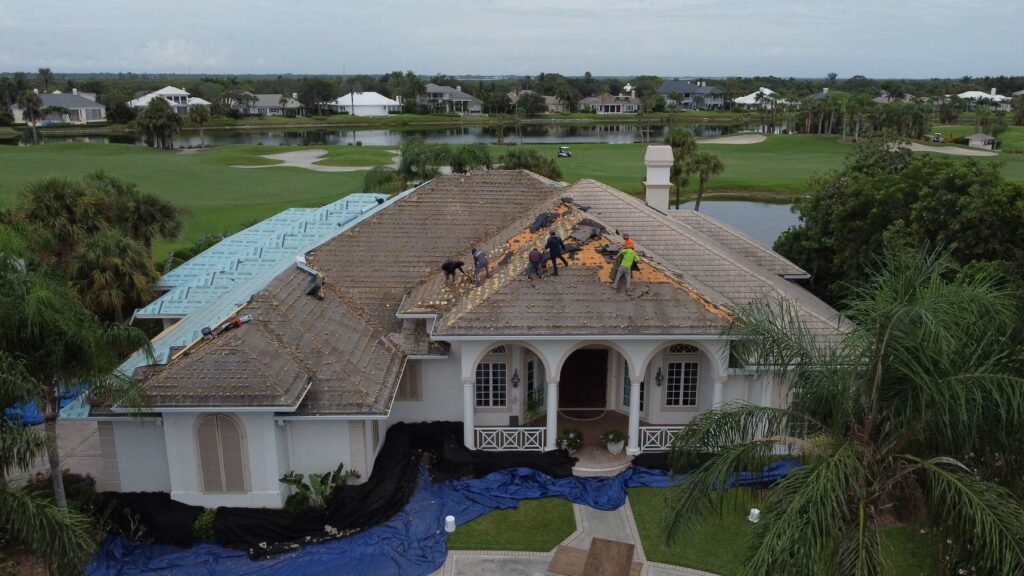
Roof Age Limits and Insurance Eligibility
Many Florida insurers impose age limits on roofs before issuing or renewing a policy. While no statewide law mandates a maximum roof age, common insurer guidelines are:
- Shingle roofs: Must be 10–15 years old or newer
- Tile/metal roofs: Permitted up to 25 years old
If a roof exceeds these age thresholds, insurers may require a wind mitigation inspection by a qualified professional. For roofs at least 15 years old, Florida Statutes Chapter 627.7011 mandates that insurers must allow homeowners to retain coverage if a certified inspector verifies the roof has at least five years of useful life remaining. This “five-year certification” process typically costs $200–$400 and involves examining deck attachments, fastening methods, and overall condition.
If you cannot obtain a favorable inspection, the insurer can non-renew the policy. However, the My Safe Florida Home Program and other mitigation incentives often encourage upgrades—like installing newer shingles or roof-to-wall straps—that improve eligibility and reduce premiums.
Filing Your Insurance Claim: Best Practices for Success
Prompt Inspection and Photo/Video Evidence
After a storm or damaging event, document the roof damage immediately. Take photos or videos—ideally with timestamps—showing missing shingles, dents, punctures, or sagging areas. This documentation supports the claim and may be critical if the insurer later disputes the cause or extent of damage.
Hiring a Licensed Contractor for Estimates
Florida law requires roofers and contractors to be state-licensed for most repairs and replacements. You’ll need a detailed, line-item estimate to submit to your insurer. This estimate should include material costs, labor, tear-off, disposal fees, and any code upgrade expenses (e.g., installing hurricane straps or secondary water barriers).
If the contractor’s estimate exceeds the adjuster’s initial scope of work, you can supplement the claim by submitting additional documentation, such as roofing code citations, local material pricing, and engineering reports.
Working with the Insurance Adjuster
Once you file a claim, the insurance company sends an adjuster—often using software like Xactimate—to assess the damage. Adjusters may initially underestimate replacement costs or omit code-specific items. If that happens, request a re-inspection or have your contractor present alongside the adjuster to explain why certain upgrades (like secondary underlayment or enhanced nail patterns) are necessary.
If disagreements persist, homeowners can enlist a public adjuster—a licensed third-party advocate who negotiates with the insurer on your behalf. However, public adjusters typically charge 5%–10% of the total claim settlement, so weigh the costs and benefits.
Deductible Application and Payment
After the adjuster’s initial report, if you have an RCV policy, the insurer will issue an Actual Cash Value payout (RCV minus depreciation). You’ll pay your deductible directly to the contractor or escrow. Once the replacement is complete, submit the final invoice to receive the remaining depreciation amount as an RCV recovery check. In ACV policies, you receive a single check for the depreciated value (minus deductible) and are responsible for covering the remaining replacement cost.
Maximize Savings with Wind Mitigation
Florida’s Office of Insurance Regulation offers wind mitigation credits that can meaningfully reduce premiums—sometimes by 20%–45%. A wind mitigation inspection (OIR-B1-1802 form) evaluates features such as:
- Roof-to-wall connections (e.g., truss clips or hurricane straps)
- Roof deck attachment (number of nails per shingle)
- Roof shape and slope
- Secondary water barrier installation
- Opening protection (e.g., impact-resistant windows and doors)
Inspectors must include photographs documenting each feature. Once approved, these credits can offset costs of roof upgrades, making it economically attractive to bring an older roof into compliance—especially for homes built before the 2007 code.
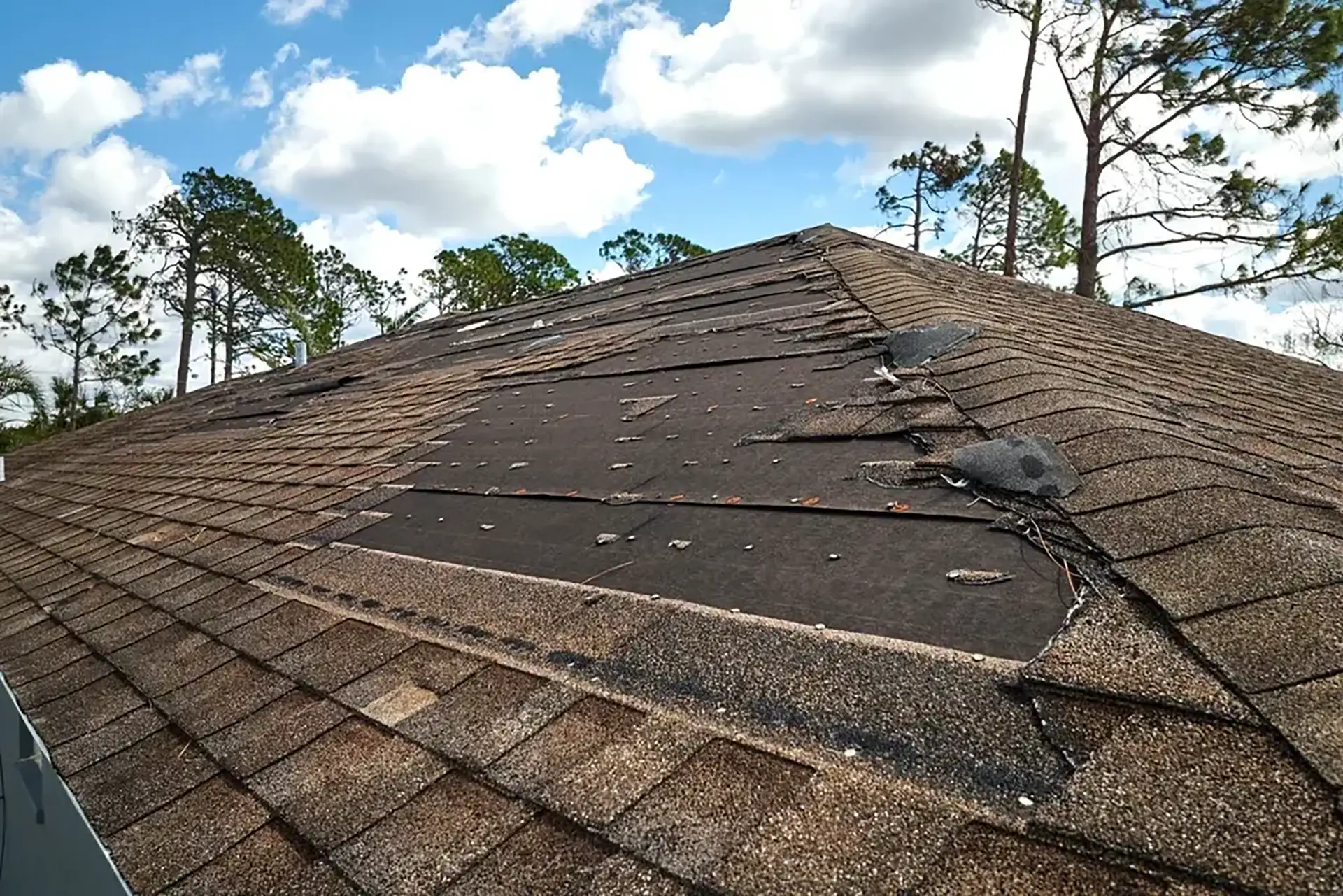
Take Advantage of Florida Assistance Programs
The My Safe Florida Home initiative (administered by the Florida Department of Financial Services) offers grants up to $10,000—on a $2-for-$1 matching basis—to help eligible homeowners fortify their roofs and other hurricane mitigation measures. Since its inception, the program has helped thousands invest in secondary water barriers, roof strapping, and other upgrades that both improve safety and satisfy insurance underwriting requirements.
Eligibility typically requires:
- Located in a participating county (most coastal and high-risk inland counties qualify)
- Home built before 2001 (priority for older roofs and construction)
- Household income at or below 150% of the area median income
Applications open on a first-come, first-served basis each fiscal year; homeowners should apply early (usually around June–July).
Best Practices for Florida Homeowners
- Review Your Policy Annually: Ensure your policy type (ACV vs. RCV), deductible structure, and coverage limits align with current roof age and local building code requirements.
- Document and Mitigate: Take photos of your roof’s condition at least once a year and after significant storms. Conduct regular maintenance to address minor leaks or damaged shingles before they worsen.
- Get a Wind Mitigation Inspection: Even if your roof is newer than 15 years, obtaining credits can lower premiums and may pay for itself over time.
- Understand the 25% Rule: Check your roof’s permit date. If it predates March 1, 2009, be prepared for full-code upgrades if damage exceeds 25%; if newer, only repair the affected section to code.
- Leverage Assistance Programs: Apply early for My Safe Florida Home and explore local grants or FEMA HMGP opportunities.
- Choose a Licensed, Experienced Roofer: Ensure compliance with state licensing requirements and that the contractor includes code-required line items (e.g., secondary barriers, hurricane straps) in their estimate.
Work with Professionals Who Understand Florida’s Unique Challenges
At Panda Contractors, we’ve helped countless Florida homeowners successfully navigate insurance claims and roof replacements. Our team understands the intricacies of Florida building codes, insurance requirements, and available assistance programs. We work directly with insurance adjusters to ensure all necessary code upgrades and mitigation features are properly documented and included in your claim.
Ready to discuss your roof insurance options? Contact Panda Contractors today by filling out a contact form.
This information is for educational purposes only and does not constitute legal or insurance advice. Always consult with your insurance provider and licensed professionals for guidance specific to your situation.


